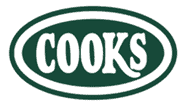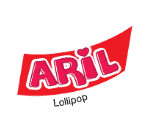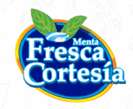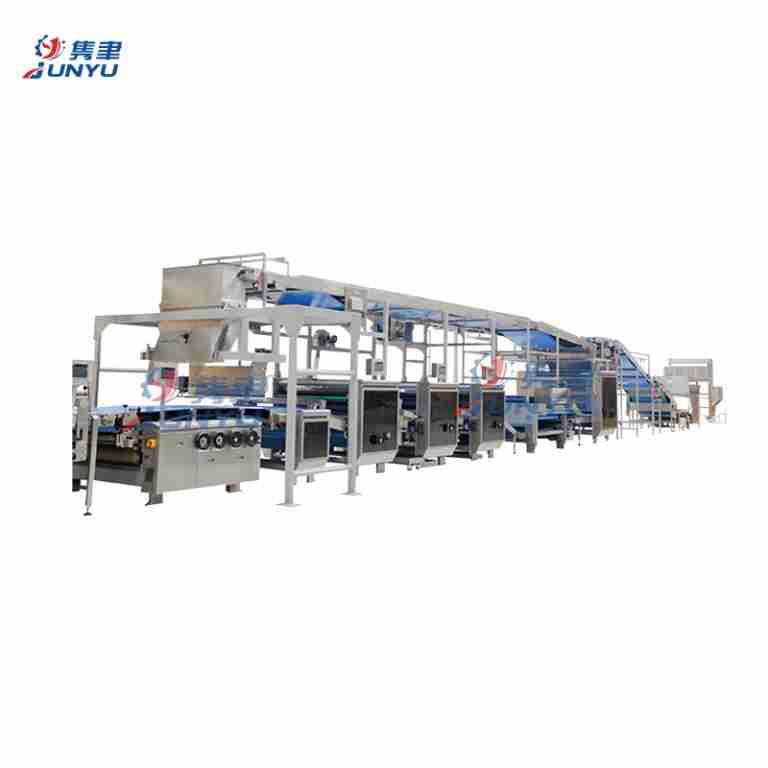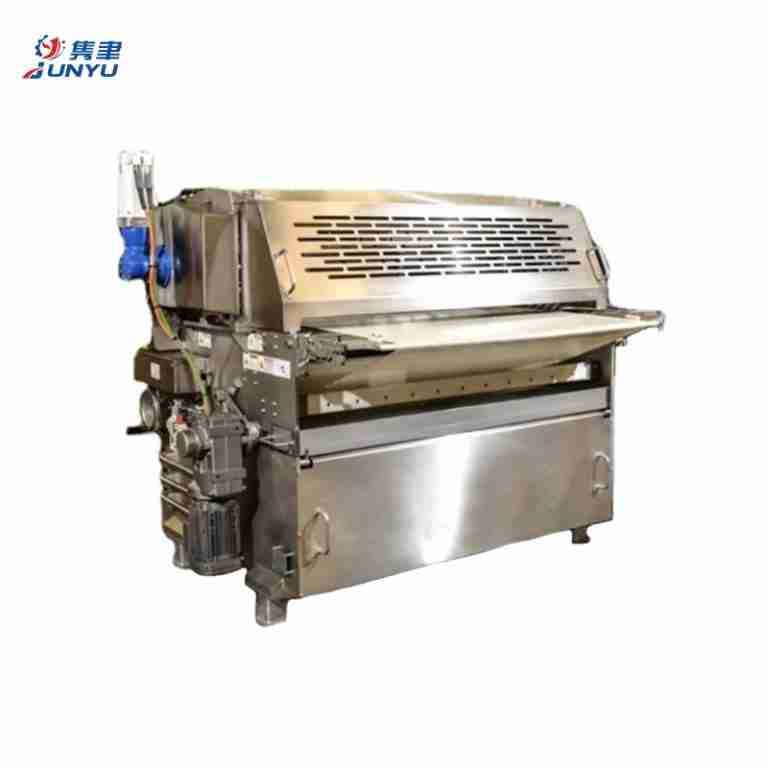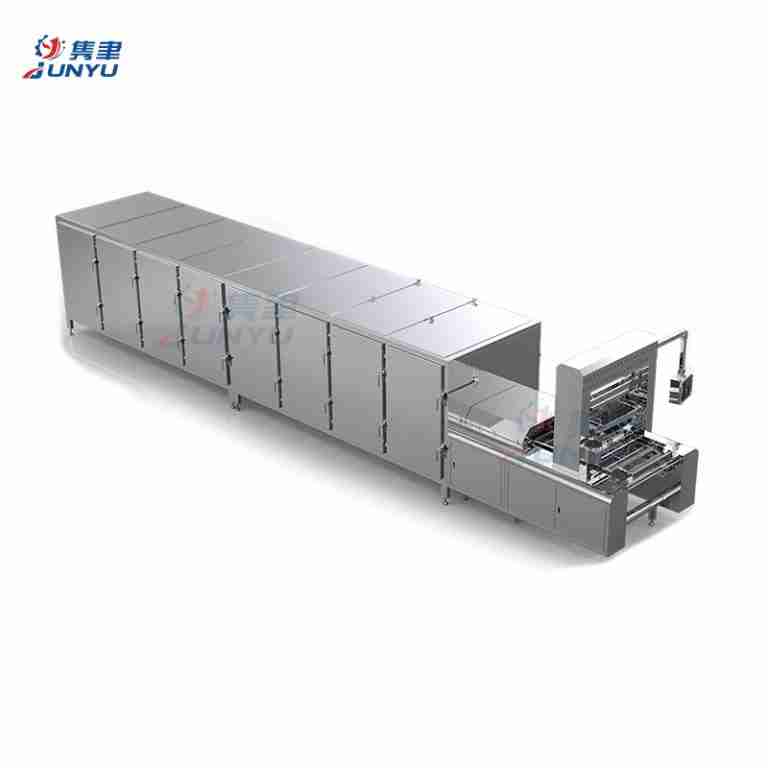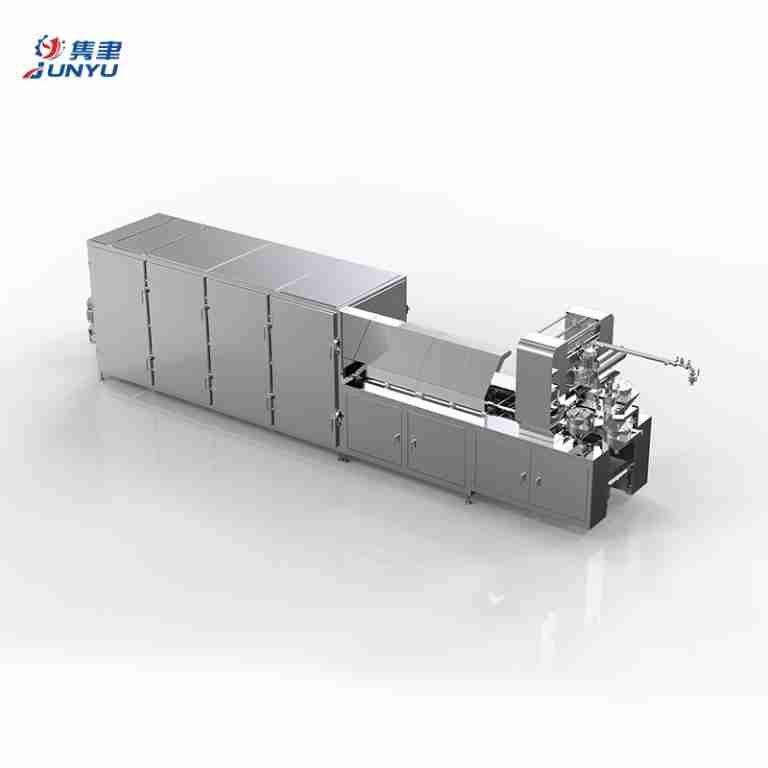Quem somos
Sobre a Junyu
Junyu é um fabricante profissional de equipamentos para alimentos, tais comobiscuit making machines, Linha de Produção de Bolo, Candy Gummy, Linha de produção de goma, Biscuit Production Line, snack food equipment, and so on. We have been in this line for more than 30 years. Our products are sold well worldwide and enjoy a good reputation among our customers.
Nossa empresa foi aprovada na certificação do sistema de gerenciamento de qualidade ISO9001:2008 e também é uma das empresas centrais da China Food Preparation Equipment Industry Association (CFPEA).
Queremos fazer amizade com você por meio de nossos produtos de alta qualidade e serviço sincero.
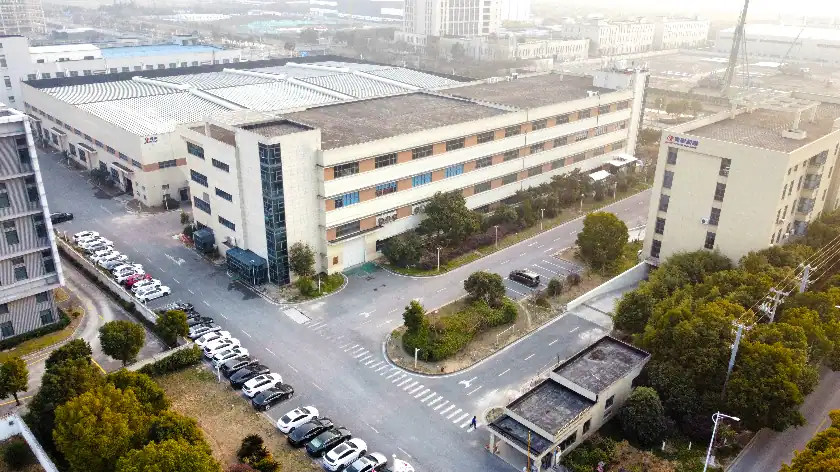
Categorias de produtos
02.
02. Linha de produção de doces
03.
03. Linha de produção de chocolate
04.
04. Máquina de embalagem de alimentos
05.
05. Linha de produção de boba
06.
06. Linha de produção de bolos
Junyu
Nossos serviços
Fabricação de equipamentos alimentícios de alta qualidade
Junyu specializes in the design and manufacturing of top-tier food equipment, including candy gummy systems, biscuit production lines, cake machinery, and snack food equipment. With over 30 years of industry experience, we ensure that every product we deliver meets the highest standards of quality and efficiency.
Distribuição e reputação globais
Nossos equipamentos para alimentos são confiáveis e vendidos em todo o mundo, o que nos rendeu uma forte reputação de confiabilidade e inovação. Não importa onde você esteja localizado, a Junyu garante que nossos produtos atendam às necessidades dos clientes em diferentes regiões, proporcionando qualidade e desempenho consistentes.
Gestão de qualidade com certificação ISO9001:2008
Junyu is committed to maintaining the highest standards of manufacturing excellence. From candy gummy equipment to our advanced biscuit production line systems, all products are certified under the ISO9001:2008 quality management system, guaranteeing precision craftsmanship and long-lasting performance.
Suporte abrangente ao cliente
Nós nos dedicamos a oferecer um atendimento excepcional ao cliente. Desde a consultoria pré-venda até o suporte pós-venda, nossa equipe na Junyu está sempre pronta para ajudá-lo em cada etapa de sua jornada de compra. Se você precisar de assistência técnica ou orientação sobre o uso do produto, estamos aqui para ajudar.
Liderança e colaboração do setor
Como uma das empresas centrais da China Food Preparation Equipment Industry Association (CFPEA), a Junyu desempenha um papel ativo na formação do setor de equipamentos alimentícios. Colaboramos com outros líderes da área para garantir que nossos produtos não sejam apenas inovadores, mas também estejam alinhados com os mais recentes padrões e tendências do setor.
Soluções sob medida para sua empresa
We understand that every business has unique needs. Junyu offers customized food equipment solutions tailored to your specific production requirements. Whether you're looking for a candy gummy system, biscuit production line, cake machine, or snack equipment, our expert team will work with you to create the perfect solution for your operation.
Junyu
Candy Gummy Machine and Biscuit Production Line Machines
Simple operation Reasonable price Temperate setting Servo depositing PLC adjustable...
By integrating advanced technology and streamlined processes, this line helps...
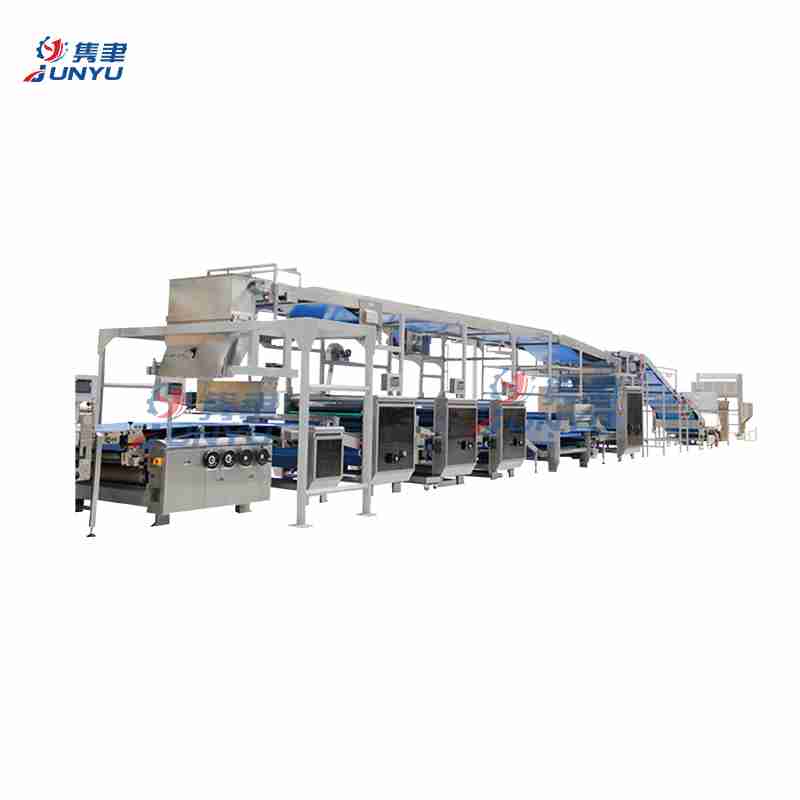


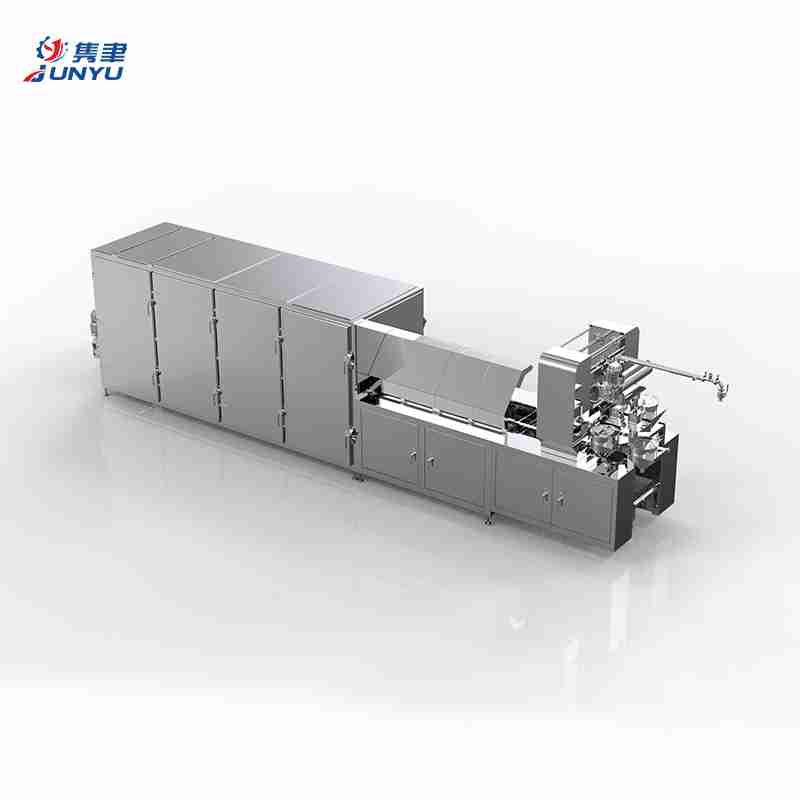
Junyu
Our Customers







